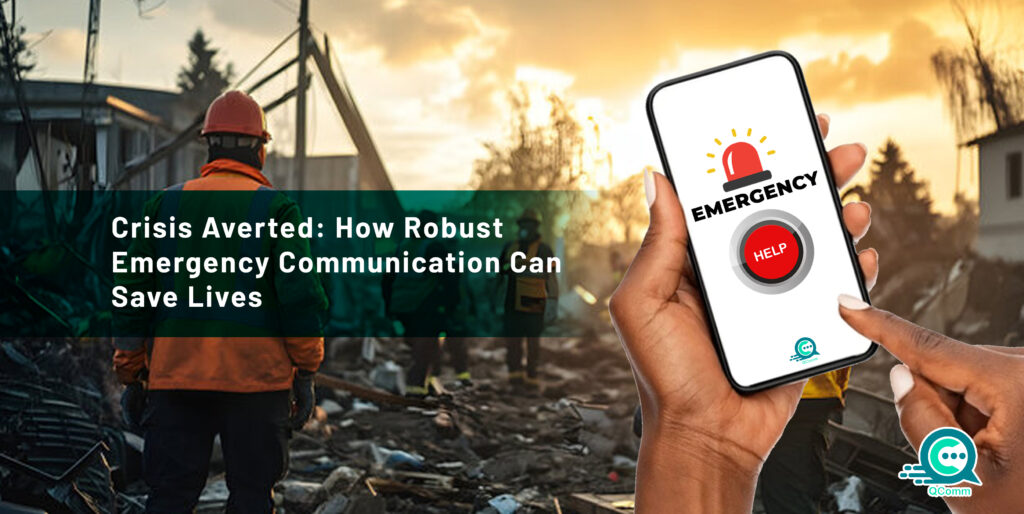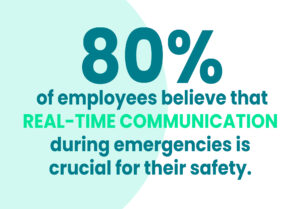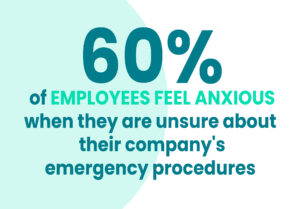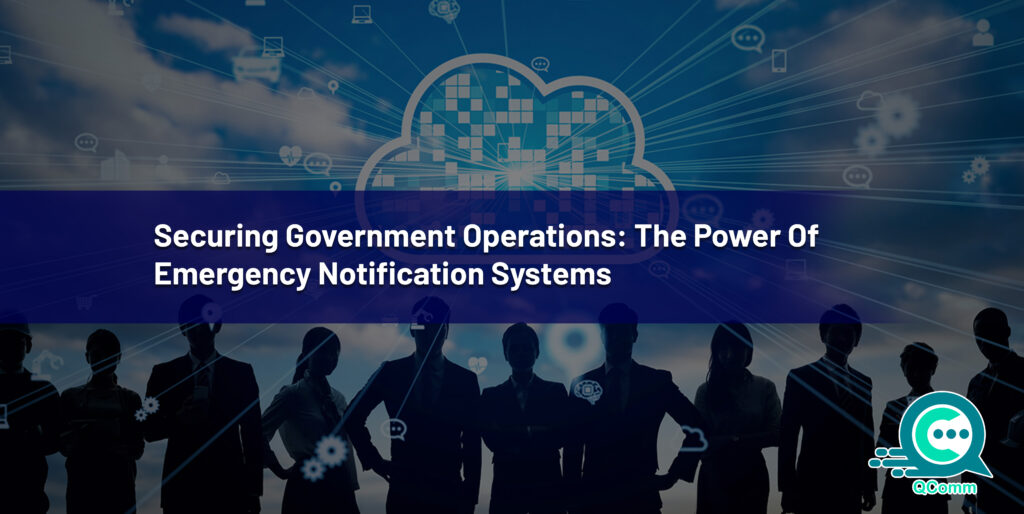
In today’s fast-paced world, a single moment of miscommunication during a crisis can spell disaster. Imagine being in a bustling office when an emergency strikes—phones ring, emails flood in, but there’s no unified, real-time communication to guide everyone to safety. This isn’t a scene from a movie; it’s the potential reality for many businesses that rely on outdated tools.
Why Emergency Communication Is the Lifeline of Every Business
Emergencies can strike at any moment without warning. Whether it’s a natural disaster, a workplace threat, or a sudden system failure, a swift response is crucial. Effective emergency communication is not just about delivering messages—it’s about protecting lives and assets. Every missed alert is a missed opportunity to safeguard your team, whether it’s in the form of real-time alerts, employee safety updates, or disaster preparedness notifications.

– Real-Time Alerts: Deliver urgent messages instantly across all platforms.
– Employee Safety: Ensure everyone knows exactly what to do during a crisis.
– Disaster Preparedness: Minimize damage by acting before misinformation spreads.
In today’s world, where remote work is on the rise, and employees are spread across cities, countries, and continents, a simple email or phone call isn’t enough. You need a system that can instantly deliver the right message to the right people on any device, anywhere in the world.
But here’s the harsh truth: traditional methods like phone trees or emails are failing us. Slow, unreliable, often unnoticed—these methods simply can’t keep up. And when it’s your business on the line, can you really afford to rely on hope and outdated tech?
The Cost of Being Unprepared
It’s easy to assume, “It won’t happen here.” Yet, crises are unpredictable. The consequences of unpreparedness can be severe—trapped employees during a fire, or catastrophic financial losses during a cyber-attack. The costs of not having an effective communication system extend far beyond immediate safety risks, affecting long-term business continuity.
And when it does, imagine the chaos: misinformation spreads like wildfire, employees are unsure of where to go or what to do, managers are trying to call dozens of people at once—all while the clock is ticking.

What Makes a True Emergency Communication System?
Not all mass messaging tools are built to handle crises. A robust emergency communication system must do more than simply send out alerts. It needs to guarantee that messages are received, understood, and acted upon promptly.
Here are the key features:
– Speed and Precision: Send messages instantly, ensuring that every alert is delivered in real time.
– Multi-Channel Messaging: Use desktop alerts, mobile notifications, emails, and digital signage to cover all bases.
– Two-Way Communication: Enable employees to respond and update their status, fostering real-time collaboration.
– Targeted Alerts: Segment your audience so that every individual receives the message most relevant to their situation.
Beyond Emergencies: The Hidden Power of a Strong Communication System
An effective communication system isn’t only for emergencies. It can also streamline everyday operations. From broadcasting company-wide announcements to providing real-time updates on projects, a versatile system keeps your workforce connected and informed. This all-in-one solution enhances overall productivity while ensuring that when a crisis does occur, your team is ready to respond immediately.
Introducing QComm
When the stakes are high and every second counts, QComm stands out as the solution your business deserves. Designed for today’s unpredictable world, QComm ensures your emergency alerts are delivered without delay, no matter where your employees are located.
Its features include:
– Multi-Channel Delivery: Whether employees are at their desks or on the go, QComm ensures messages are seen on every device.
– Instant Updates and Confirmations: Know immediately that your message has been received and acted upon.
– Seamless Integration: QComm evolves with your business, providing a single platform for all communication needs.
With QComm, you eliminate the uncertainty and risks of relying on outdated communication methods.
Be Ready When It Matters Most
Emergencies don’t wait, so why should you? Equip your business with a robust emergency communication system that rises to the challenge. Don’t let outdated tech put your employees and business at risk. Explore how QComm can help you transform crisis communication into a streamlined, reliable process that saves lives.


